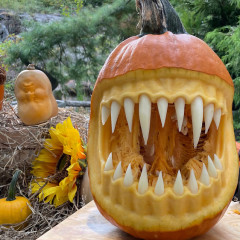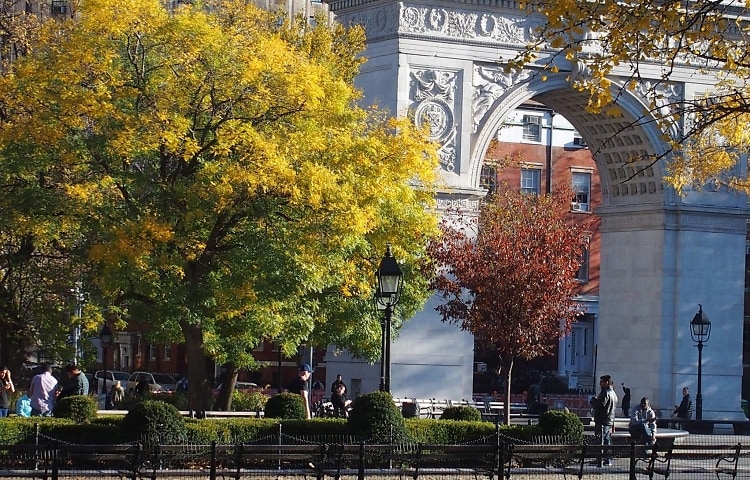
When you think of Washington Square Park, I bet you think of the arch, the fountain, musicians, flowers, the dog park, that guy with that big bubble blowing thing.
What I'm pretty positive you don't think of is "graveyard." But I'm ahead of myself...
Our modern day Washington Square Park was originally a marsh located near the Indian village of Sapokanikan until 1797, when the City’s Common Council acquired the land for use as a "Potter's Field.” Sounds quaint, no? Well, not so much - that phrase basically just means "public burial ground."
The area became the final resting place for unknown or indigent people, and was also a designated spot for public executions. Definitely not the same kind of show as those "It's Show Time!" guys who do flips and jump over each other...
To this day, legend has it that the large elm at the northwest corner of the park, AKA Hangman's Elm, was the old hanging tree.
When New York faced the yellow fever epidemic in the early 19th century, many of those who died were buried there, away from the hustle and bustle of downtown. Basically, it became their version of our modern day COVID mass burial site, Hart Island. Ah, how history repeats itself...
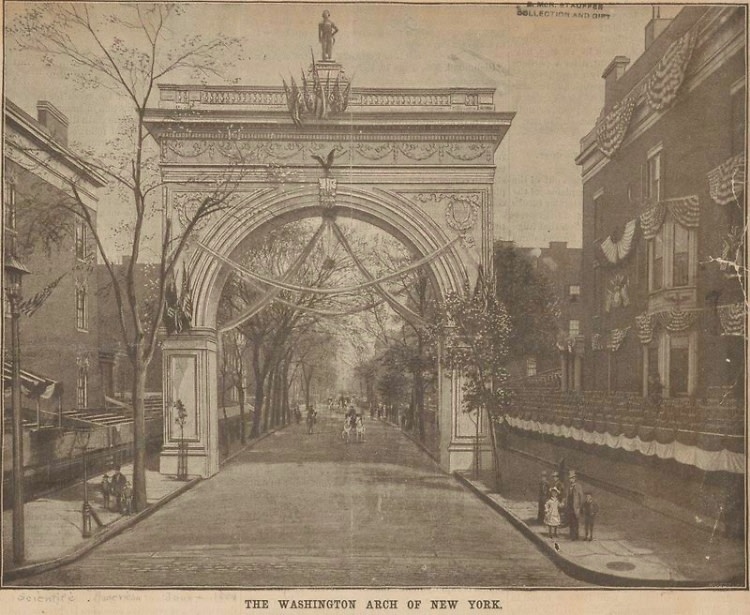
Eventually, in 1827, just enough years later that people vaguely forgot about what happened there, the space became a public park.
As is the custom of the city, the wealthy and well-to-do quickly flocked to the new, lush area, building the brick faced Greek Revival mansions that still line the square’s north side.
From there, the park's timeline gets pretty recognizable as a high society hub turned the center of the city's political and cultural revolution turned gentrified child's playground and dog park.
To this day, the remains of more than 20,000 bodies lie underneath Washington Square Park, with excavations and digs having unearthed buried tombstones dating back as far as 1799.
But that's all in the past, right?
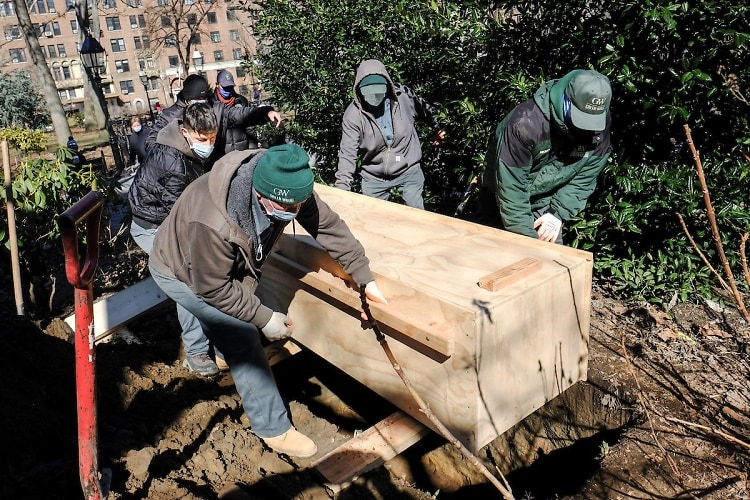
Well just this Tuesday, March 2nd, as reported by 6SqFt, The New York City Parks Department "reinterred the human remains of early New Yorkers found during construction in and around Washington Square Park. The skeletal remains were placed in a wooden box and buried five feet below grade within a planting bed, with an engraved paver marking the site at the southern entrance of the park near Sullivan Street."
They even installed a new commemorative stone near the gravesite.
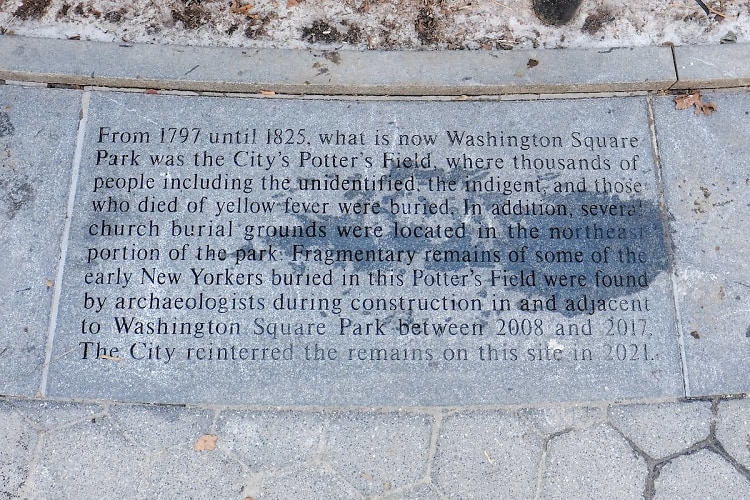
Let's just say I bet you'll never look at a flower bed there the same.
[Photos via Washington Square Park Conservancy and NYC Parks / Daniel Avila]


.jpg)
.jpg)



.jpg)
.jpg)
.jpg)


